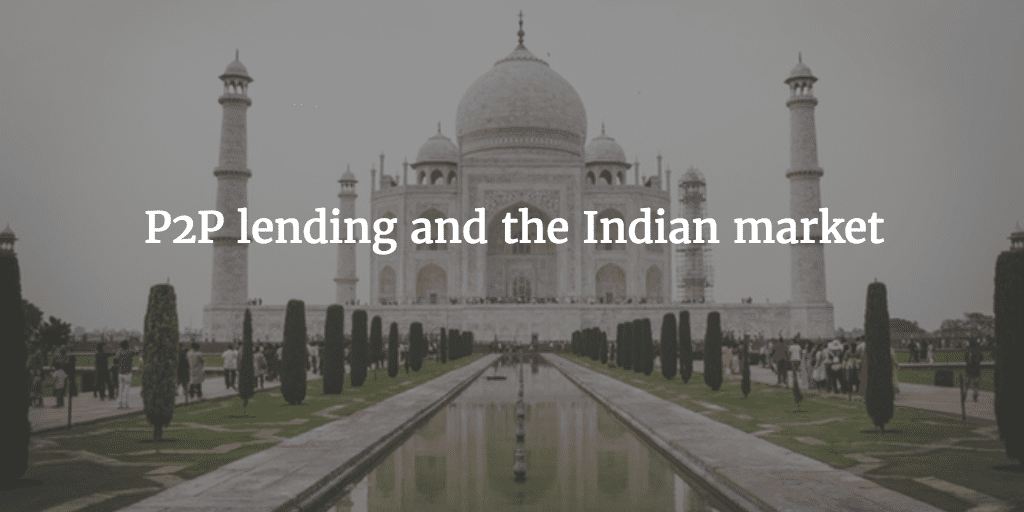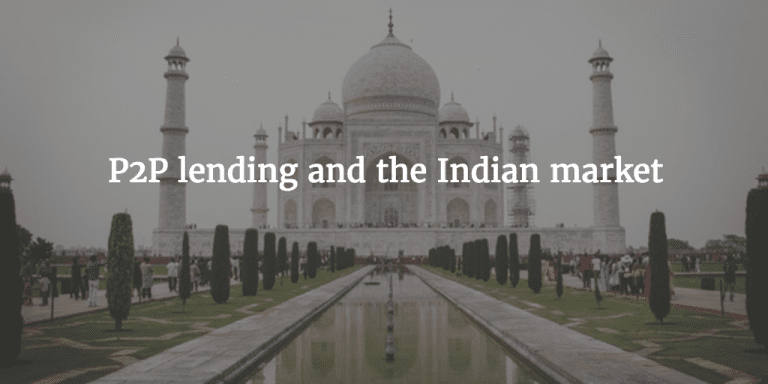
[Editor’s Note: This is a guest post from Rajat Gandhi. Rajat is the Founder and CEO of India’s largest P2P platform, Faircent.]
The thing about disruptive technology is that one does not know what to expect and where it will go. The Internet is a great example. It was science at the hand of academics and researchers, but became technology once computer companies got involved and various applications and usage spun out if it.
This means regulations and often usage of such technology plays the catch up game. It is often many years after a disruptive technology comes into picture that we can truly enjoy its benefits or iron out the gray areas.
We can easily state that this decade is about financial technology. Traditionally, the domains of big banks and deep pockets, startups and smart individuals are driving a paradigm shift in the sector today. From something as revolutionary as Bitcoin and the Block chain technology, to innovations like crowdfunding and peer-to-peer lending, the sector has been abuzz with change.
P2P is in India’s DNA
Technology enabled P2P Lending started in the west, but the concept quickly caught up in India. We can safely say India maybe the largest P2P market in the offline world, where the formal banking sector is able to offer credit to not more than 15% of its population. Rest of the citizens rely on informal credit from friends, family, business associates and money lenders. Where the transactions happen without much documentation and in cash. With little recourse for both lender and borrower incase of dispute or delinquency.
A large section of people in the country find it very difficult to tap into institutional sources of credits. Access to credit is often difficult or denied due to various reasons that include little or no credit history, perceived risk profile and outside the ambit of coverage. For business loans, there is dichotomy in the banking underwriting models which rely heavily on asset-based, collateral-driven underwriting, whereas India is a services economy which means most businesses in India are asset-light. The sheer timeframe involved in getting the money has meant people started looking for alternatives with timeframes of about 6-7 months. Hence, most looking for a small business loan are eagerly exploring viable option like P2P which have a smaller timeframe. In fact business loan as a segment has been the most popular category across P2P platforms in the country. It accounts for nearly 30% of all loans on Faircent.com
There is no credible data available regarding total lending through P2P platforms in India since over 30 startups in the country do not make their books available to the public or to a regulator. It is certain that the segment is growing rapidly in the country and is becoming popular; it is difficult to come to grips with the entire sector. It is possible to talk about some individual companies and how they are performing, there are many players with sketchy details. However, one can safely hazard a guess that P2P sector in the country is a few million dollars worth.
There are some P2P sites that cater to individual loans, while others do a mix or individual and business loans. There is another class of platform that works in the area of micro finance activities by providing credit to small entrepreneurs and work with the marginalized sections of the society. The primary goal in this case is creating a social impact by providing credit at lower interest rates compared to local money lenders.
Need for Regulation
Given the number of transactions taking place, the potential of the sector and to safeguard against fly-by-night companies, India’s central bank, The Reserve Bank of India, recently came up with a consultation paper to regulate the sector. P2P lending has great potential, especially in a country like India, where huge parts of its population do not have any access to institutional sources of finance. The central bank rightly feels it is very important to ensure the sector plays a constructive role in bridging the divide.
“P2P lending promotes alternative forms of finance, where formal finance is unable to reach and also has the potential to soften the lending rates as a result of lower operational costs and enhanced competition with the traditional lending channels. Therefore, the importance of these methods of financing needs to be acknowledged. If properly regulated, the P2P lending platforms can do this more effectively,” says the RBI consultation paper.
It goes on to add that regulations at this stage would also prevent any unwanted surprises, something that became evident in the Chinese market. India is the only country with a billion mobile phones and biometrics. There are about 350 million using the Internet today, but by 2020-23 there will be about 1 billion people in India using the Internet. As products and services move online and the country becomes increasingly connected, the role of online lending is expected to grow manifold.
“If the sector is left unregulated altogether, there is the risk of unhealthy practices being adopted by one or more players, which may have deleterious consequences,” says the RBI.
After about three years of unchecked growth, India is now poised to give P2P lending in the country a sense of credibility. For the platforms it means compliances and ensuring that the interest of both borrowers and lenders are kept in mind. It remains to be seen what the final contours of the regulations would be, but my guess is the RBI would not do anything to stifle innovation. This year and beyond would prove to be very interesting for this space.


